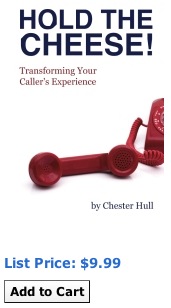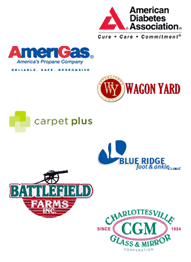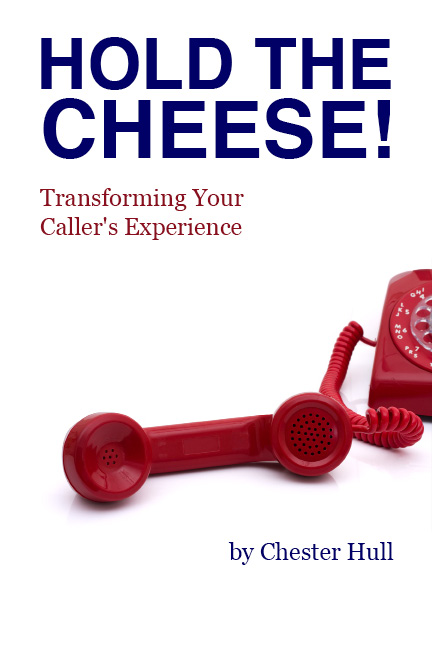One way to make effective use of both a live answer, and an auto-attendant system, is to use the Auto-Attendant as a backup. Rather than letting the phone ring when your normal receptionist is busy, hoping that someone else will pick up the phone, direct it to your Auto-Attendant. The really beautiful thing is that most phone systems include a basic Auto-Attendant in them, so it’s simply a matter of turning it on or setting it up.
Here’s a significant advantage: your receptionist knows how to direct callers efficiently to the correct places. If that person is busy, and you allow the phone to ring to whomever might answer, not only will you take someone off-task, but that person isn’t used to answering the phone. The greeting that person uses, and her familiarity (or lack of) with routing calls could provide a negative caller experience.
Using an Auto-Attendant as a backup, you get the advantage of a live person answering the phone, while still covering that person when call volume is too much for her to handle, or she is simply tied up with another caller.
Using the Auto-Attendant also gives you the opportunity to highlight a special or promotion that the customer may not have known about. Pizza shops use this opportunity quite a bit to play their weekly special to callers BEFORE they answer the phone live to take their order. Those pizza shops that take advantage of this tool experience a tremendous uplift in advertised items, like extra garlic bread, drinks, and desserts.


 Facebook
Facebook LinkedIn
LinkedIn Twitter
Twitter



